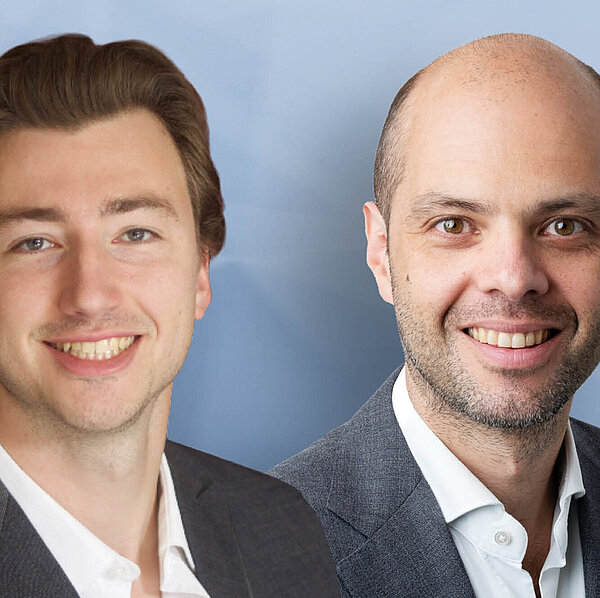
“Thorough cleaning of the extraction socket is key”
We discussed with Dr. Diego Velasquez about Ridge Preservation: indications, complications and the influence the biomaterial has on the treatment outcome.
Dr. Velasquez, we know that Ridge Preservation minimizes volume loss after tooth extraction. Can it also help to preserve the papilla?
Diego Velasquez: This might be controversial. The papilla height is determined by the distance between the alveolar crest and the most apical part of the interproximal embrasure. If the distance between contact point and bone crest is no more than 5 mm, the papilla remains stable.1 But only a 1 mm increase in distance will mean 50 percent loss of papilla tissue.1
Ridge Preservation could have a positive effect on papillary height. We must be clear, though, that bone loss after tooth extraction happens mostly on the buccal part. This bone loss is what can be minimized by Ridge Preservation. The effect on bone height is less pronounced.
In what situations is bone loss after tooth extraction especially risky?
Diego Velasquez: Patients with thin, highly scalloped tissue have a higher risk for tissue resorption and loss of papillary height. In these patients, everything we do is going to alter this fragile harmony - even if we are trying to be non-invasive. Ridge Preservation can help to preserve tissue dimensions in these situations.
What are the most common complications in the context of Ridge Preservation?
Diego Velasquez: Total loss of the graft hardly ever happens, whereas partial loss is slightly more common. Infections are very rare, too. The most important measure in this context is thorough cleaning of the extraction socket. It has been a game changer in my practice going from basic loops to a microscope where optimal illumination and high magnification are combined. It may be due to these tools that we hardly ever see infections in our practice.
If they occur, how do you treat them?
Diego Velasquez: It is a difficult decision. The patient has undergone a traumatic experience. When is the earliest time to re-graft? I don’t think that we have any data supporting one way or the other. What I do in my own practice is that I wait and see how the situation develops. In patients with a thick phenotype we might be lucky in the sense that we still can place an implant without extra bone augmentation. But we may have to do GBR at the time of implant placement or even before. Protocols to enhance predictability for these situations would be a big help.
You mentioned that you are working with a microscope in your daily practice. Are minimally-invasive approaches the future?
Diego Velasquez: I think so. It all comes down to protecting as much of the bone and soft tissue as possible so that we are not losing or decreasing the regenerative potential. When Steven Harrell developed the first minimal-invasive concepts2, this was very countercultural. Most surgeons strongly believed that they needed to elevate flaps to see what they are doing. Nowadays the term becomes even inflationary. All companies want the treatments they provide to be minimally invasive.
Together with other researchers from the McGuire Institute you won the AAP Clinical Research Award 2017. The award-winning study compares two different approaches for Ridge Preservation.3 What did you find out?
Diego Velasquez: We compared Ridge Preservation with allograft plus cross-linked membrane to Ridge Preservation with xenogeneic bone substitute plus native collagen membrane. The study showed that the type of biomaterial you use can make a significant difference. Three individuals in three different centers were not able to receive implants right away because the bone volume was not optimal. All had received an allograft plus cross-linked collagen membranes, and they all needed additional regenerative treatment prior to implant placement.
The difference between several collagen-based biomaterials is also investigated on a cellular level. What is the link between collagen and healing?
Diego Velasquez: The key is in providing a scaffold or matrix that is going to stimulate or ease fibroblast proliferation, osteoblast migration and angiogenesis. The type of collagen used or the way the collagen is processed seems to influence these processes. Ultimately, its biomimetics.
References






